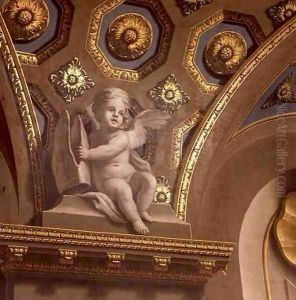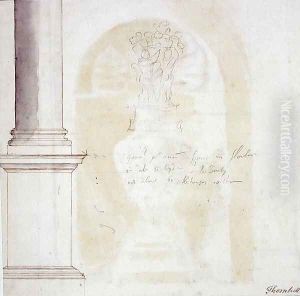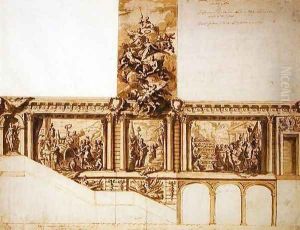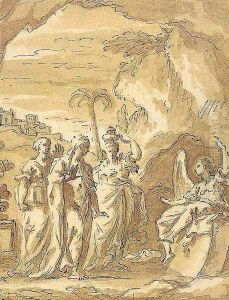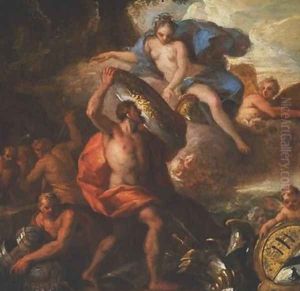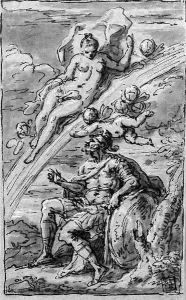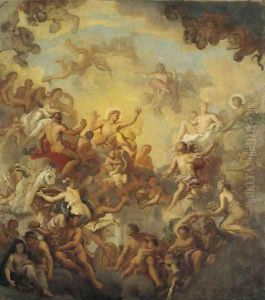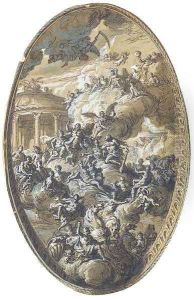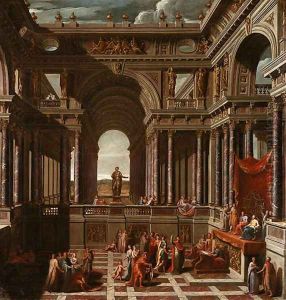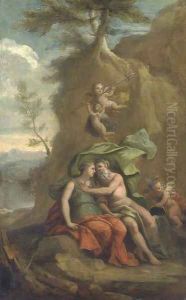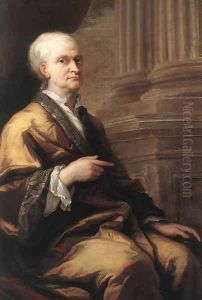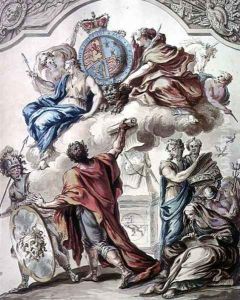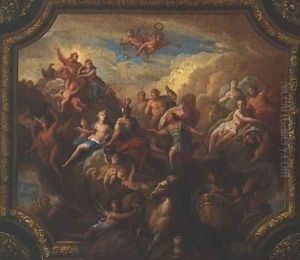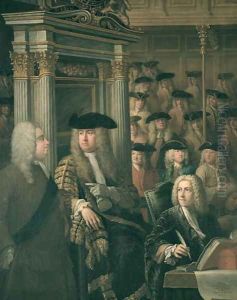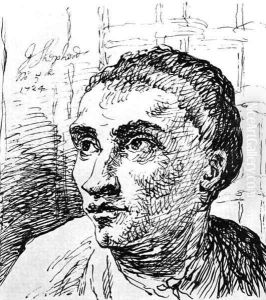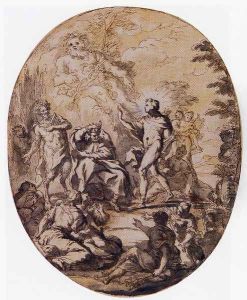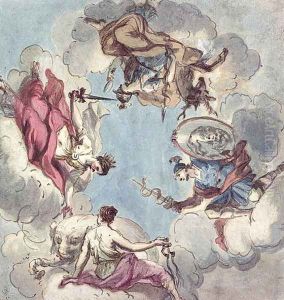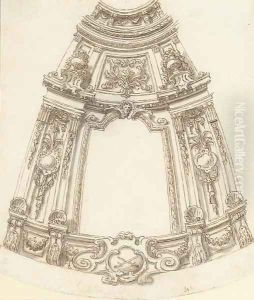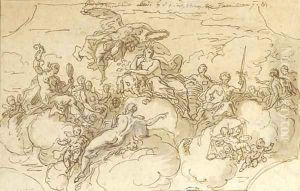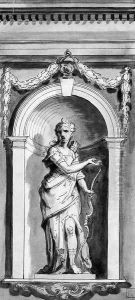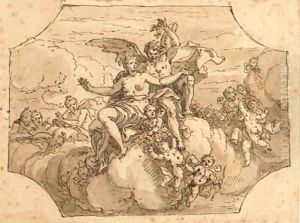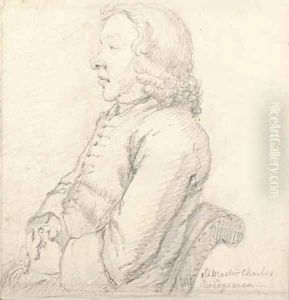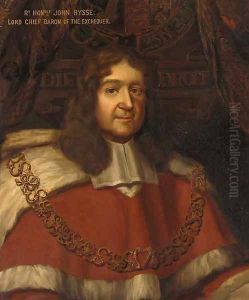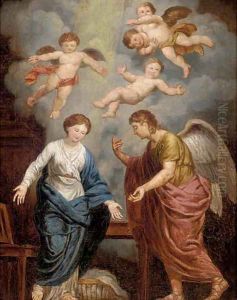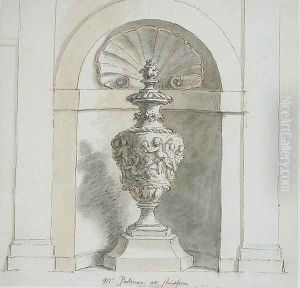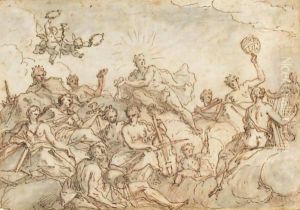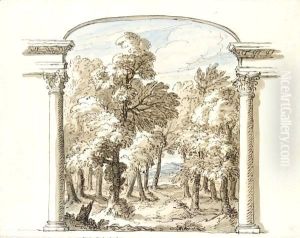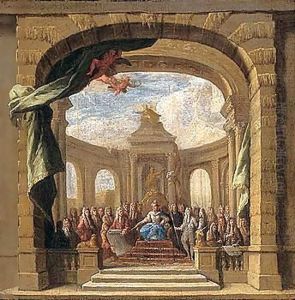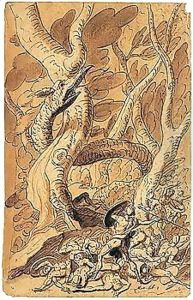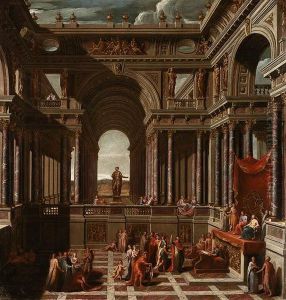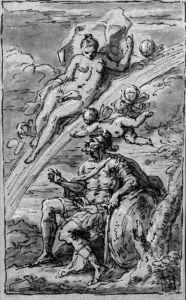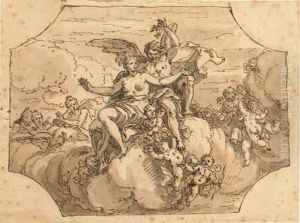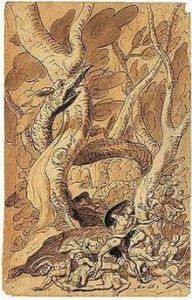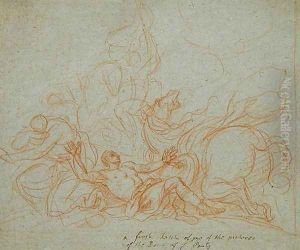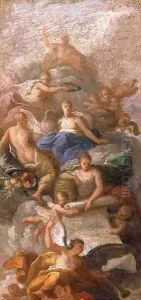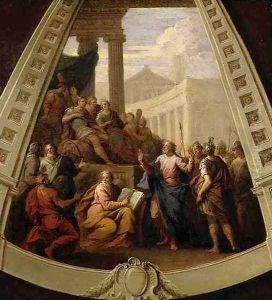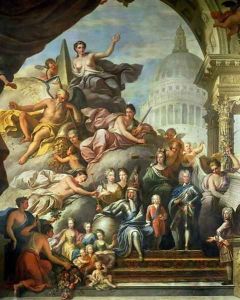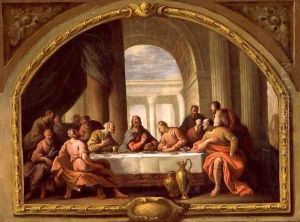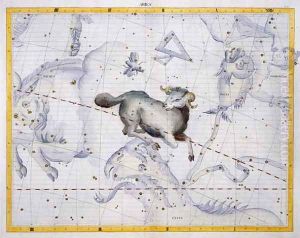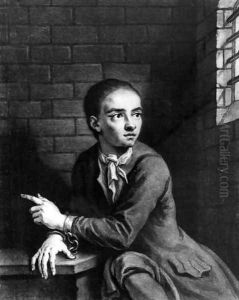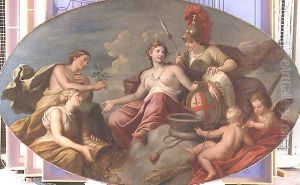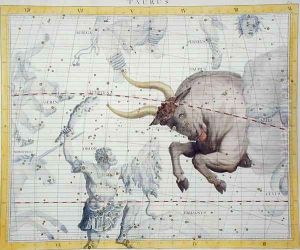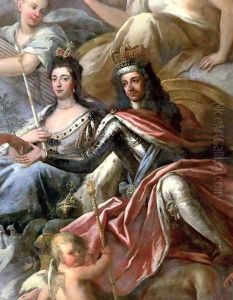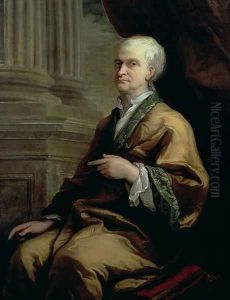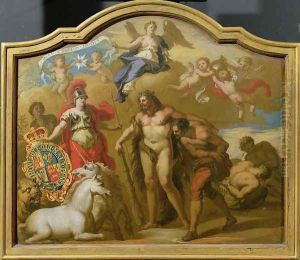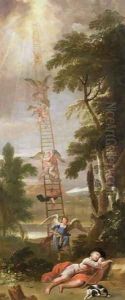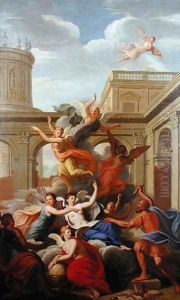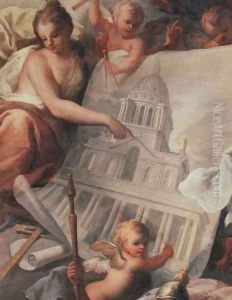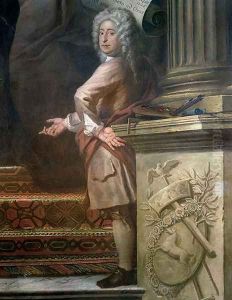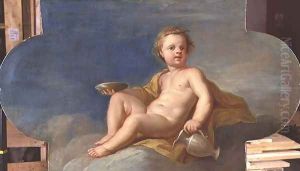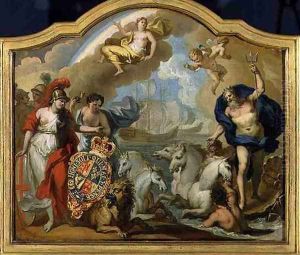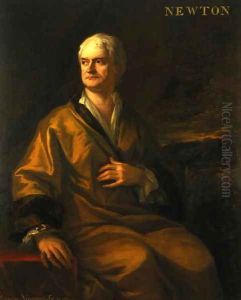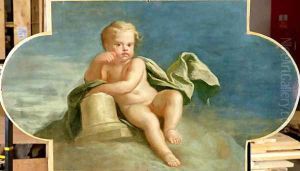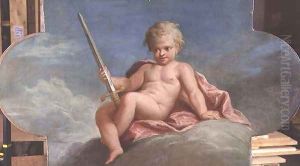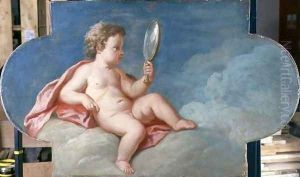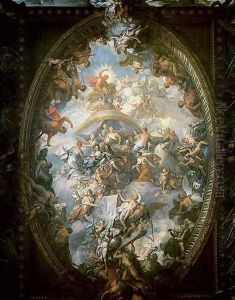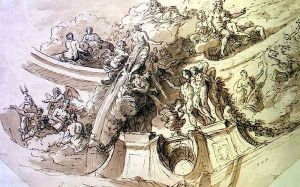Sir James Thornhill Paintings
Sir James Thornhill was an English painter of historical subjects working in the Italian baroque tradition. He was born on July 25, 1675, in Melcombe Regis, Dorset, England. Thornhill became one of the most prominent painters of his time in England, celebrated for his large-scale works, particularly frescoes and murals in the Baroque style.
Thornhill's education as an artist began under Thomas Highmore, Sergeant Painter to William III. He then traveled to Europe, as was customary for artists of the period, to further his apprenticeship, particularly in Italy, where he was influenced by the grandeur of painters like Giovanni Battista Tiepolo.
Upon his return to England, Thornhill quickly gained prestigious commissions, his first major work being the decoration of the Great Hall at Blenheim Palace. However, his most famous work is the Painted Hall at the Royal Hospital Greenwich, completed over a 19-year period from 1707 to 1726. This vast ceiling was conceived as a tribute to British maritime power and the monarchy.
His works include a series of eight paintings depicting the life of St. Paul in the dome of St. Paul's Cathedral, and the allegorical ceiling of the Great Hall in the Queen's House, Greenwich. These commissions earned him significant fame and wealth during his lifetime.
In 1718, Thornhill was appointed History Painter in Ordinary to George I and was later elected to the principal painter in Ordinary to George II in 1720. His success was not only in the realm of painting but also in public life. In 1720, he was able to successfully lobby Parliament for a bill that put a penalty on anyone who imported foreign engravings and paintings, thus protecting British artists.
Thornhill was also involved in the foundation of the first public art academy in England, the Godfrey Kneller Academy of Painting and Drawing in 1711, which was a precursor to the Royal Academy, established in 1768.
In 1729, he was knighted by King George II, becoming the first English painter to receive this honor. His legacy includes not only his grand works but also his contribution to the development of a British school of painting.
Thornhill's personal life was also of interest; he married Judith, daughter of Dr. Thomas Sydenham, and they had several children. His most famous pupil was his son-in-law, William Hogarth, who married Thornhill's daughter Jane.
Sir James Thornhill died on May 4, 1734, in his home at Thornhill House, Stalbridge, Dorset. He left behind a body of work that significantly influenced the direction of English art in the 18th century, blending European Baroque influences with a distinctly British sensibility.
